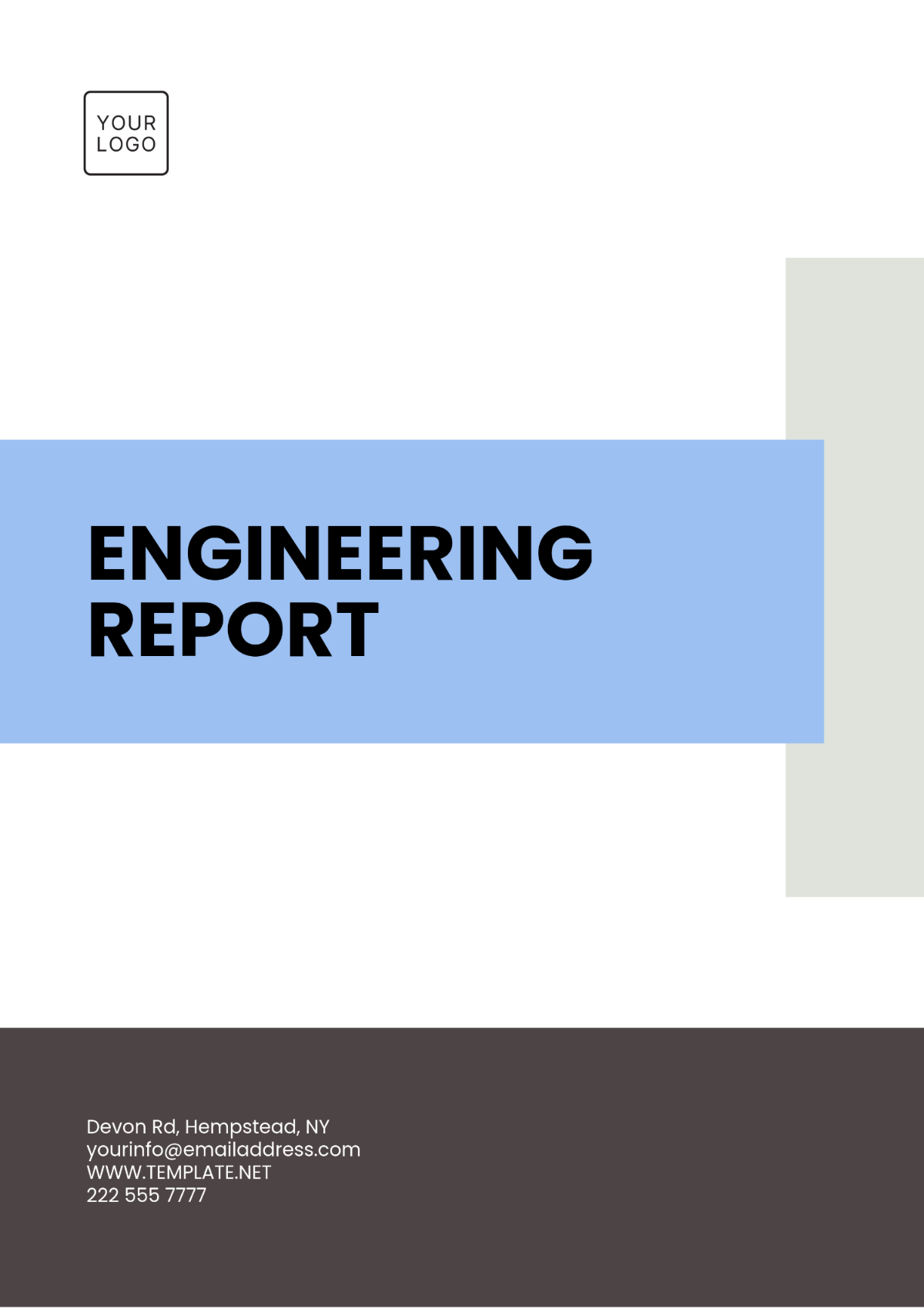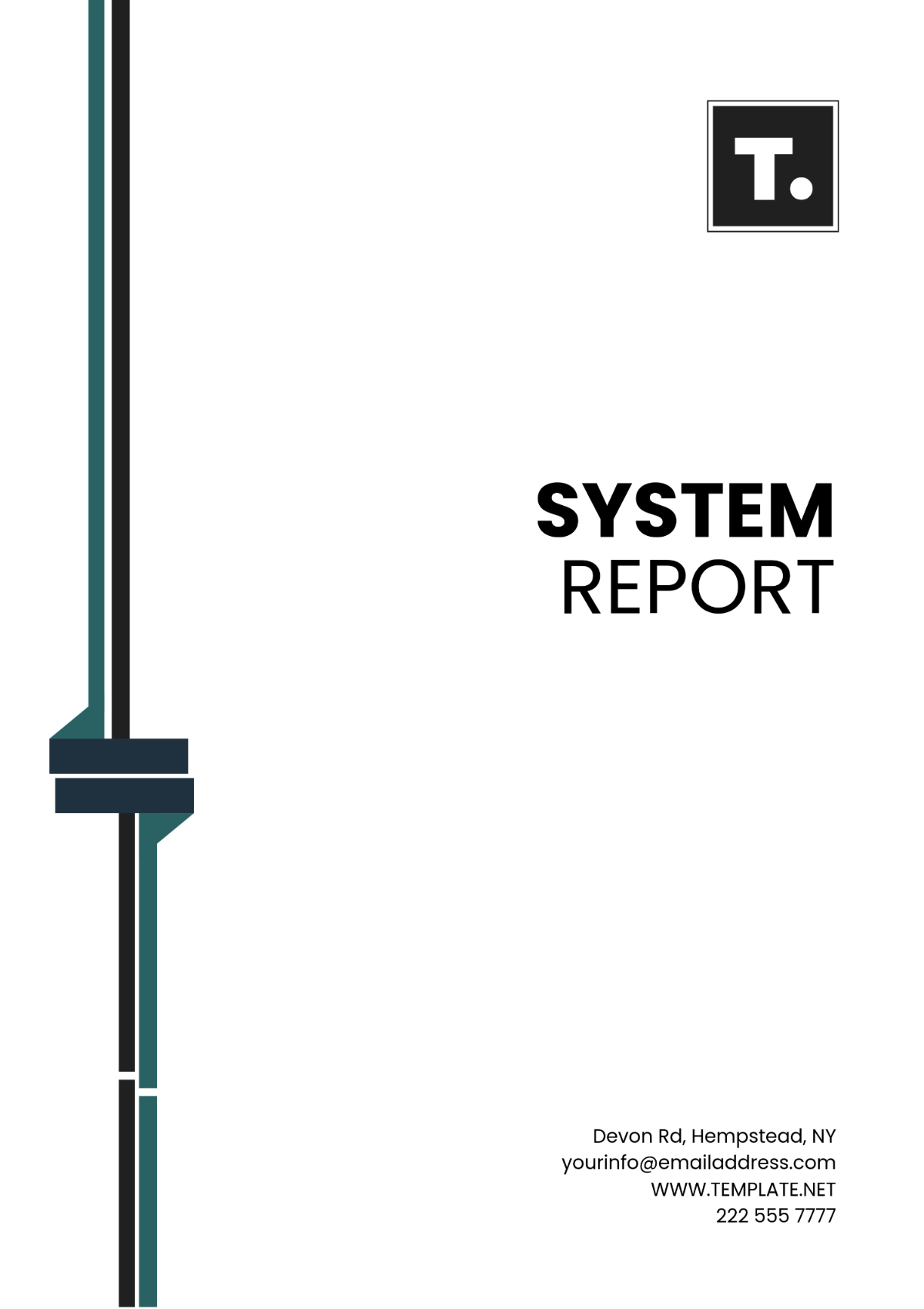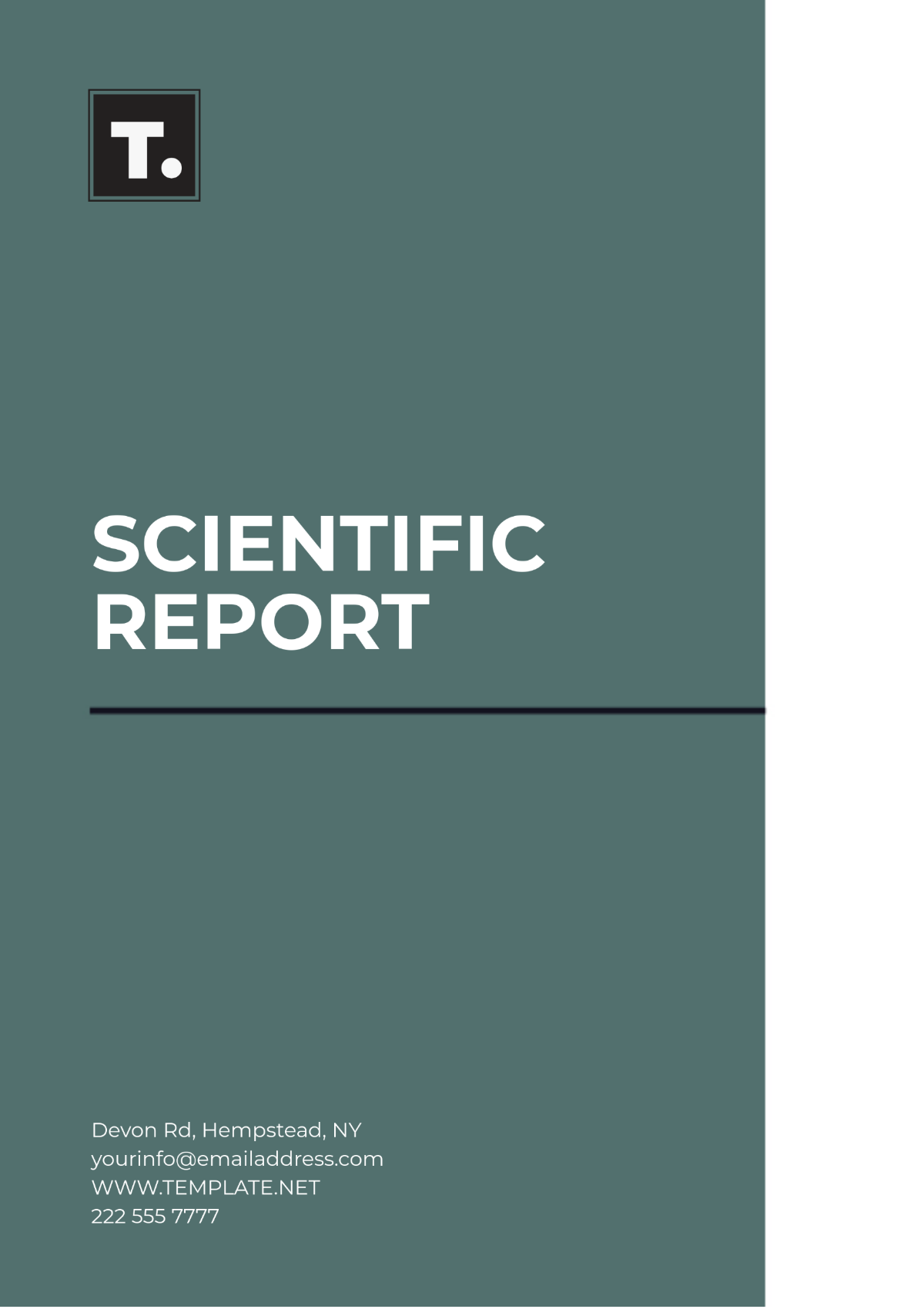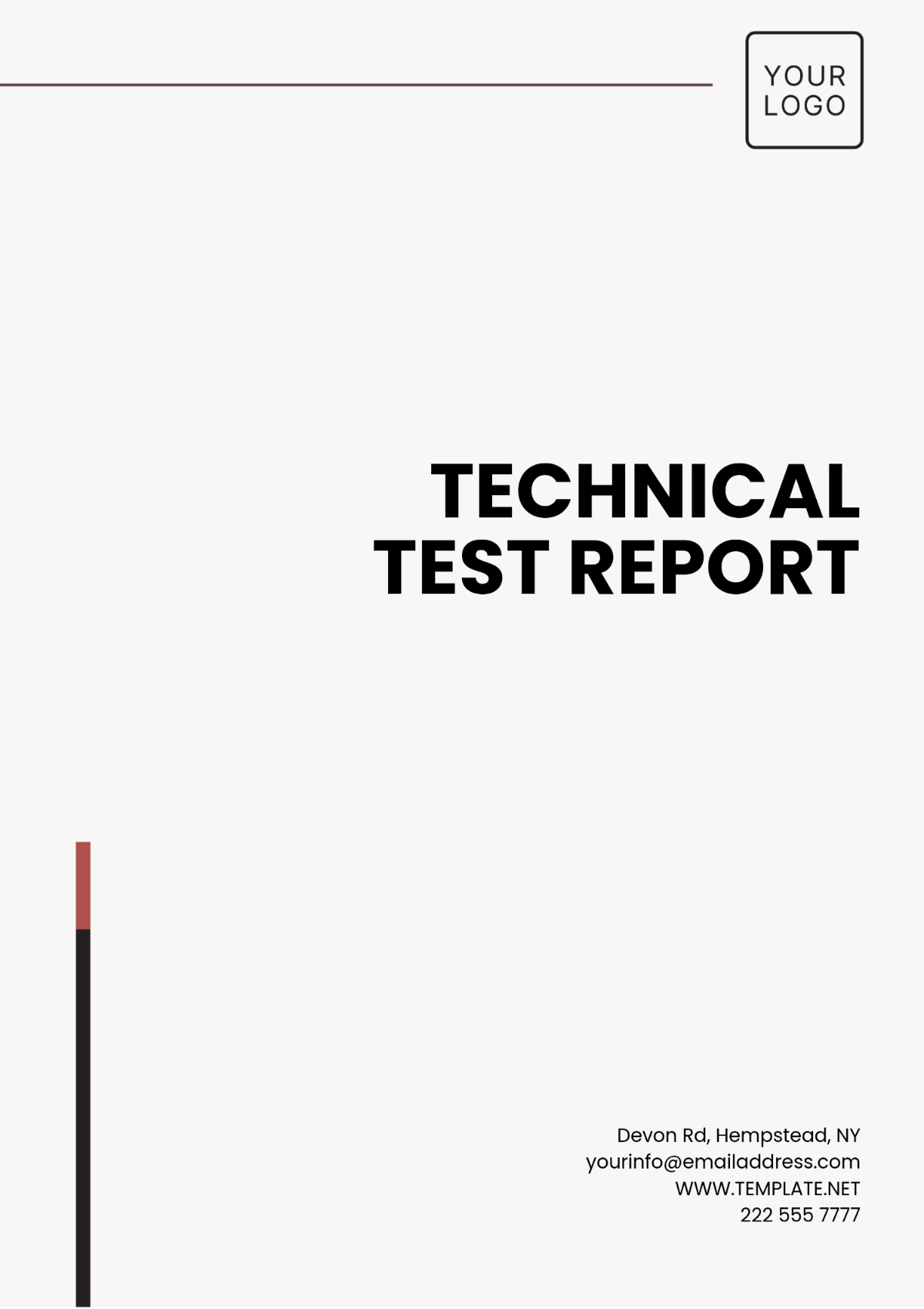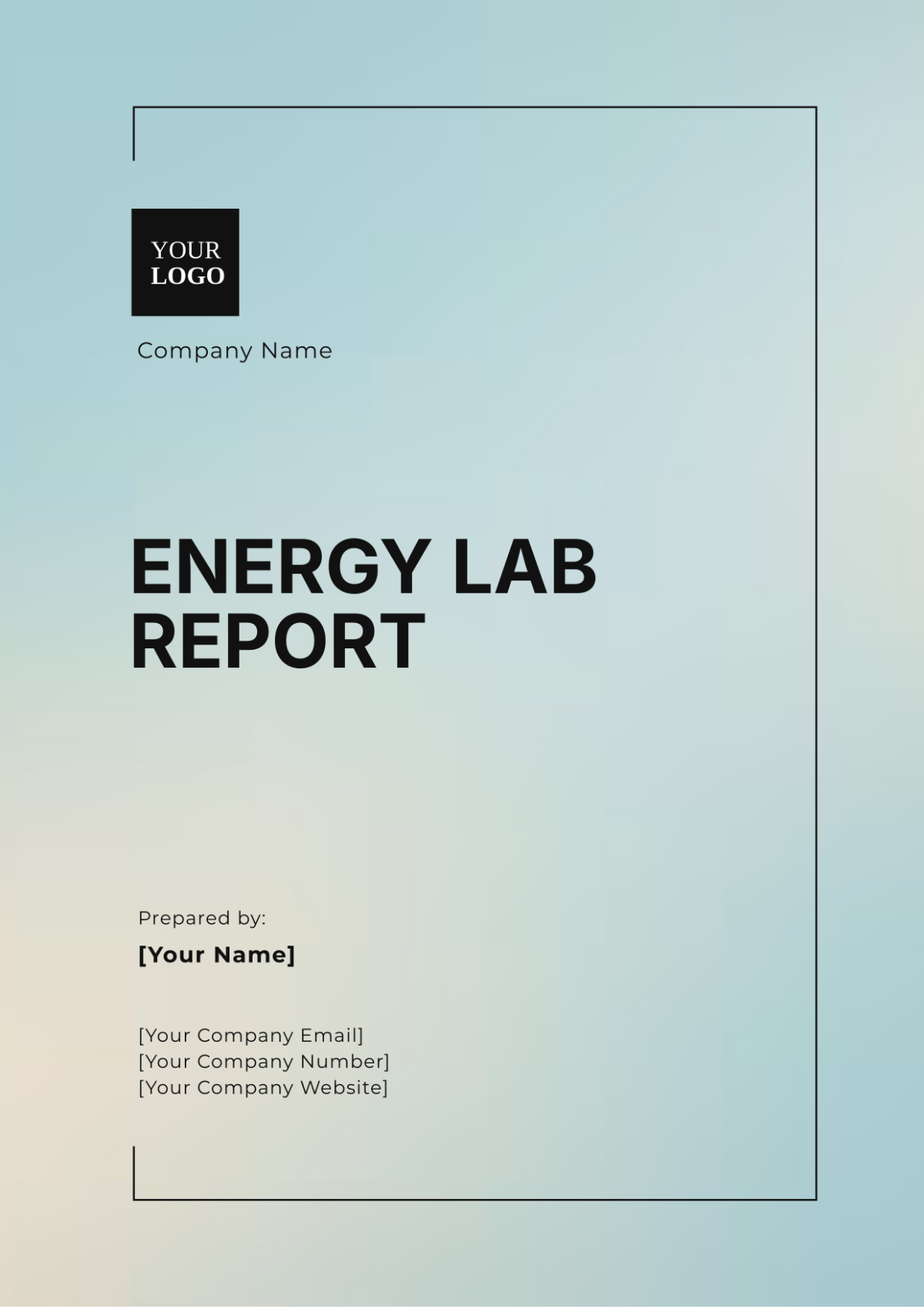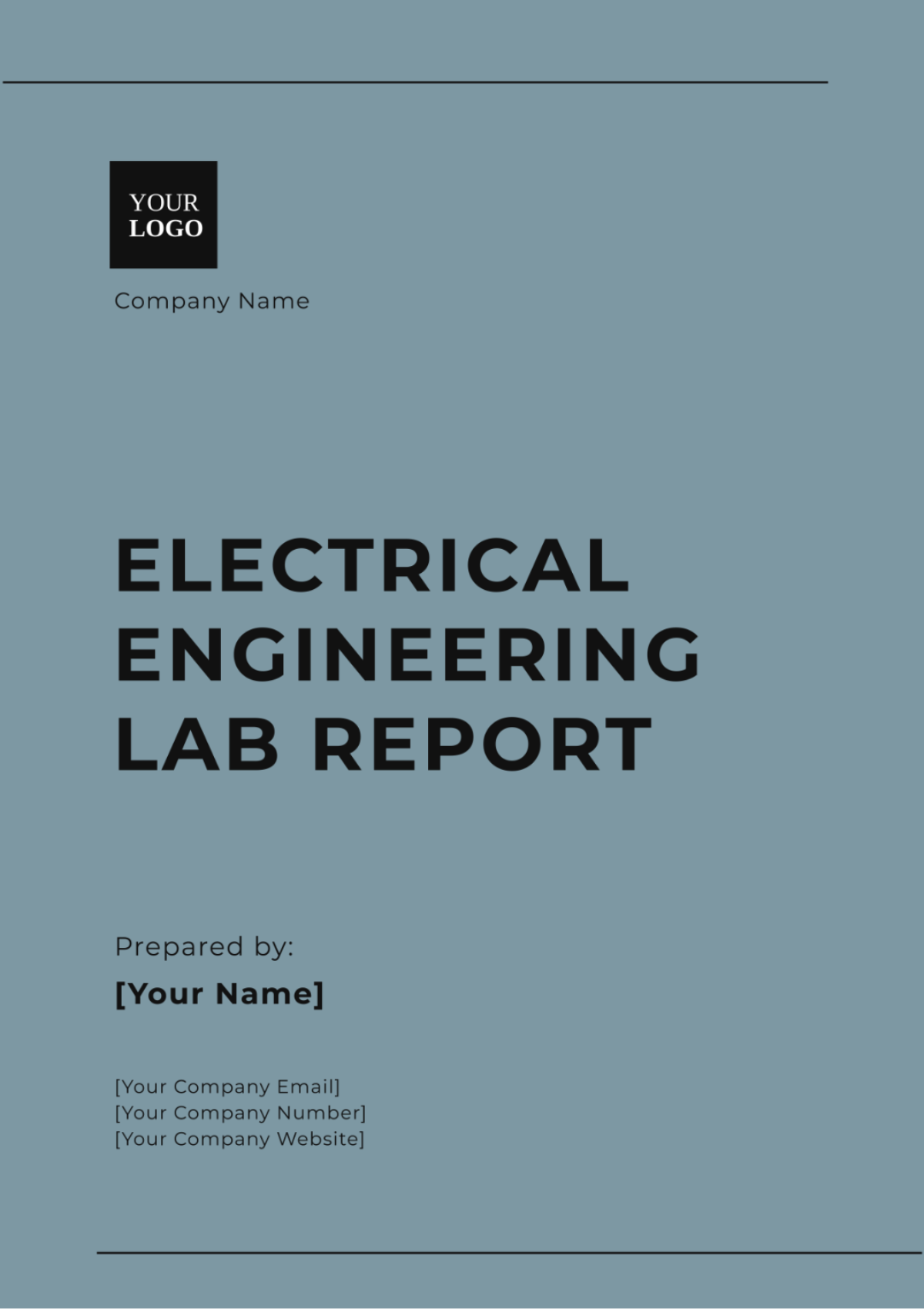Engineering Report
Project Title: | Design and Implementation of the High-Efficiency Solar Power System for Urban Energy Supply |
|---|---|
Prepared by: | [YOUR NAME] |
Date: | October 15, 2055 |
Company: | [YOUR COMPANY NAME] |
1. Executive Summary
This engineering report details the design, analysis, and implementation of a high-efficiency solar power system intended to provide renewable energy for urban areas. The project was initiated to address the increasing energy demands in the city of New Horizons and to reduce reliance on non-renewable energy sources. This system combines advanced photovoltaic technology with intelligent energy management to deliver a sustainable and cost-effective energy solution. Key findings indicate that the system could reduce energy costs by 30% and lower carbon emissions by 45% over the next decade.
2. Introduction
The growing urban population in New Horizons has led to significant energy challenges, including increasing electricity demand and heightened carbon emissions. This project aims to design and deploy a solar power system capable of generating and distributing clean energy to urban areas. The objectives include:
Reducing the city’s reliance on fossil fuels by 40%.
Achieving a target of 30% energy savings.
Ensuring compliance with environmental standards outlined in the 2050 Urban Energy Directive.
The system design includes solar panel arrays installed on rooftops across the city, connected through an intelligent grid to maximize efficiency.
3. Project Scope
The scope of the project includes:
Design of solar panel arrays for 100 urban buildings.
Integration of battery storage systems and energy management software.
Assessment of the environmental impact and energy output over a 20-year lifecycle.
Compliance with regulatory standards such as the Clean Energy Act of 2050.
Key tasks include:
Conducting rooftop surveys for structural capacity.
Designing custom solar arrays for each building.
Installing and testing the solar and battery systems.
4. Methodology
4.1 Data Collection
Data was collected using drone inspections and satellite imaging to assess roof suitability for solar panels. The following data was used:
Sunlight exposure data (measured in kWh/m²): 5.2 kWh/m² per day for most of the city.
Building roof load capacities: Ranged from 50 to 200 kg/m², suitable for solar panel installation.
Energy consumption patterns for 100 buildings in New Horizons over the past 5 years.
4.2 Design and Analysis
The system design was performed using photovoltaic design software, with the following criteria:
Total panel area: 50,000 m² spread over 100 rooftops.
Energy output: 20 MW of peak power capacity, enough to supply 50% of the energy demand for the target buildings.
Battery storage: Lithium-ion storage systems with a capacity of 60 MWh to provide energy during non-sunny periods.
System efficiency: Achieved 22% efficiency from the solar panels, using the latest in bifacial photovoltaic technology.
4.3 Testing
The system was tested in a simulated environment using digital twin technology. Tests included:
Load testing: Panels sustained 120% of expected wind loads, ensuring structural safety.
Durability tests: Panels were exposed to accelerated weathering, simulating 20 years of environmental exposure.
Energy performance tests: The system consistently generated 20 MW of power during peak sunlight hours.
5. Results
5.1 Design Results
The final design achieved the following:
Solar panel installation: 50,000 m² across 100 buildings.
Energy generation: A total of 20 MW during peak sunlight, with 60 MWh of stored energy for backup use.
CO₂ emissions reduction: 25,000 metric tons annually, which is equivalent to removing 5,000 gasoline-powered vehicles from the road.
5.2 Test Results
The testing phase provided the following results:
Maximum power output: 20.3 MW on clear days.
Battery efficiency: 92% efficiency during charge/discharge cycles.
System durability: Expected lifespan of 25 years for the panels, with minor maintenance required.
6. Discussion
6.1 Key Findings
The solar power system successfully met the target energy generation capacity of 20 MW, capable of supplying 50% of the energy for the targeted buildings.
The battery storage system performed better than expected, providing energy stability during low sunlight periods.
Challenges included optimizing the panel orientation on buildings with non-ideal roof angles, which were overcome by using adjustable mounts.
6.2 Impact
This system is projected to:
Reduce urban energy costs by 30%.
Lower carbon emissions by 45% within the first 10 years of operation.
Create a model for future urban solar energy projects in densely populated cities.
7. Recommendations
Based on the results, the following recommendations are proposed:
Expand the project to cover an additional 50 buildings to increase the renewable energy share.
Investigate emerging photovoltaic technologies to increase system efficiency beyond 22%.
Implement regular monitoring and maintenance programs to ensure the system operates at peak performance over its 25-year lifespan.
8. Conclusion
The high-efficiency solar power system developed for New Horizons achieved its intended objectives, offering a scalable solution to urban energy challenges. This project demonstrates the viability of solar energy as a key component in urban energy systems, providing significant environmental and financial benefits. Expansion of this model will further contribute to the city’s renewable energy goals.
9. Appendices
Appendix A: Detailed Technical Drawings of Solar Panel Arrays
Appendix B: Full Test Data on Energy Output and Storage Capacity
Appendix C: Compliance Documentation with the Clean Energy Act of 2050

























